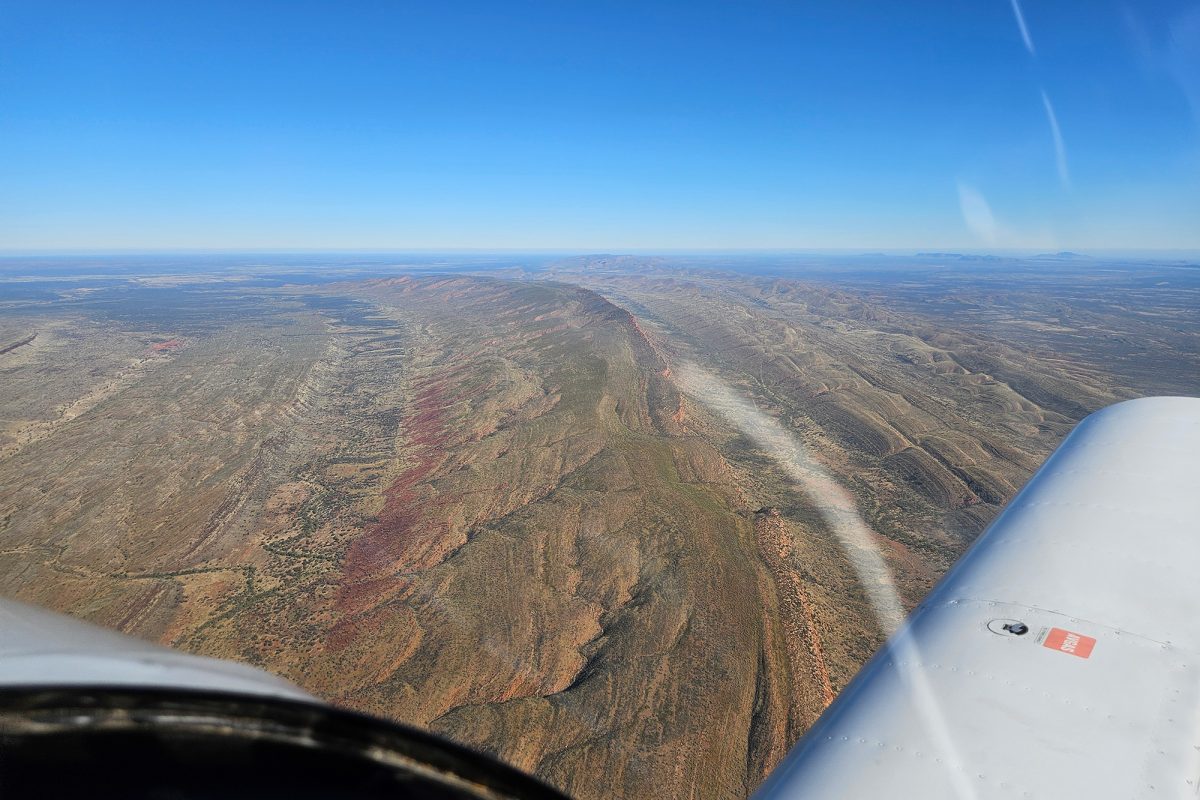THE IMPORTANCE OF RECORDING A HEAVY LANDING
The purpose of pneumatic tyres, shock-absorbing landing gear, and other devices is to cushion the impact and to increase the time in which the aircraft vertical descent is stopped. The importance of this cushion may be understood from the computation that a 15cm free fall on landing is roughly equal to a 340fpm descent. Within a fraction of a second, the aircraft must be slowed from this rate of vertical descent to zero without damage.
During this time, the landing gear, together with some aid from the lift of the wings, must supply whatever force is needed to counteract the force of the aircraft’s inertia and weight. The lift decreases rapidly as the aircraft forward speed is decreased, and the force on the landing gear increases by the impact of touchdown. When the descent stops, the lift is practically zero, leaving the landing gear alone to carry both the aircraft’s weight and inertia force. The load imposed at the instant of touchdown may easily be three or four times the actual weight of the aircraft depending on the severity of contact.
There is no exact definition of a heavy landing, however, for most pilots if they have to question whether a landing was ‘heavy’, it probably was. Heavy landings can be caused by poor decision making during the approach phase, aircraft being overweight, mechanical issues or the prevailing weather conditions. Heavy landings are a reportable occurrence, and most manufacturers have a heavy landing inspection schedule. If no schedule is supplied, there is a schedule in the RAAus Technical Manual at section 12.3.
The heavy landing inspection is to be recorded in the aircraft maintenance logbook along with the name, signature, date and RAAus membership number of the person inspecting. You may have got away with a heavy landing on the rare occasion; however, you may not get away with a greaser of a landing during the next 10 to 20 occasions. Look after yourself and your fellow aviators who will operate the aircraft on future flights. Carry out the heavy landing inspection when required and record the inspection. Notification of heavy landings is especially important in the flight school or hire environment where many pilots will use the aircraft. Notify the CFI/ L2 of heavy landings.
Notifying of a hard landing is not something to be embarrassed about. It happens to everyone. Reporting it is called airmanship.






